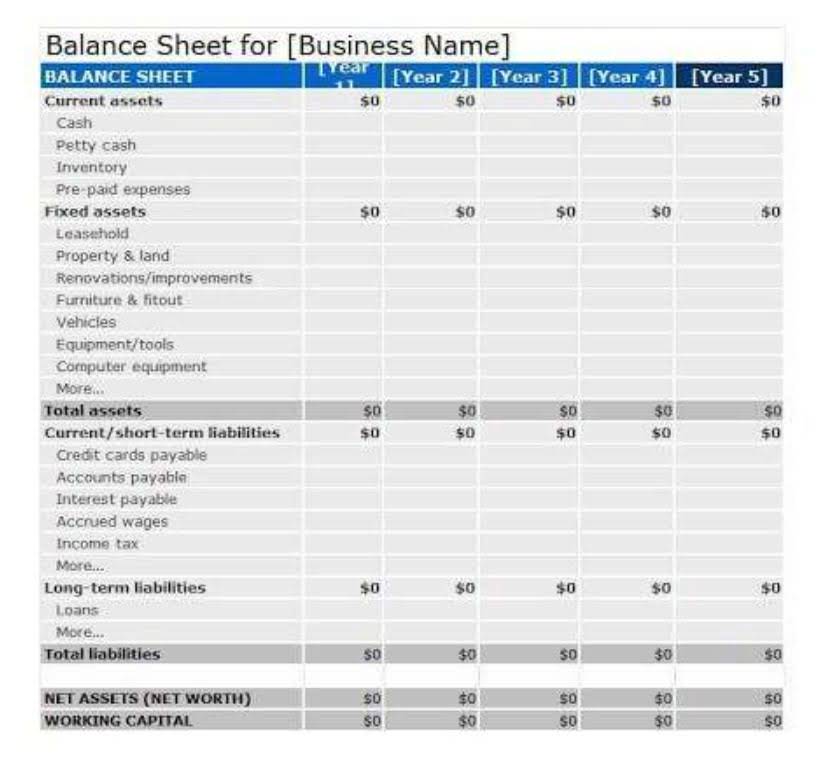Simplified Chart of Accounts for Law Firms

As we discuss in more detail in our guide to trust accounting for law firms, it’s essential that lawyers and law firms correctly manage client funds in trust. By doing so, lawyers can stay compliant with the exact trust accounting rules for their applicable jurisdiction. For most law firms, this means having at least three bank business bank accounts—including a chequing account, a savings account, and a separate IOLTA or trust account. The most unique feature of the law firm’s chart of accounts and law firm bookkeeping is the IOLTA or trust account. The lawyer does not own the funds in this account, so it must be recorded on a per-client basis. Create separate bank accounts, to avoid any commingling of client funds and operational funds.

Sample Chart of Accounts for Law Firms

It’s also important to keep accurate records and track funds in general retainers. Unearned fees (like general retainers) should be kept in a separate account so that they are not used in error. These simple modifications to your accounting records are quick and easy, and they will give you a great deal of clarity, especially about the expenses your firm is incurring. Irvine Bookkeeping offers a full range of Law firm bookkeeping services and promises that in 2-3 weeks, we clean up a whole book for you to prepare for tax season.
Accounting terms you need to know
And the transaction records feed into the firm’s balance sheet and income statement. By including general retainers in a law firm’s chart of accounts, you can more easily monitor these accounts. If you’re seeking a unified solution for case management and legal accounting, Clio could be the perfect fit. Conversely, cash basis accounting recognizes revenue when you’re paid (i.e., when the cash is received) and expenses when they’re paid. The tax implications of this method also allow your firm to pay tax on income once it’s received and in the bank.
- With Clio Accounting you can generate all sorts of financial reports to help you make data-driven decisions for the growth of your firm.
- As we showed with the law firm chart of accounts samples in this post, the exact details of the chart will vary depending on your firm’s situation and jurisdiction.
- Likewise, if the law firm experiences a period of low cash flow, it may be able to use its assets as collateral to secure a line of credit or other form of short-term financing.
- These amounts include reimbursable client costs, non-reimbursable client costs, and advanced client costs.
- This overview covers the elements that comprise a standard accounting chart, along with practical tips for implementing the chart into your firm.
Integrating the Chart of Accounts with CaseFox
- Your firm’s various financial accounts are organized under these categories.
- Also, you can use a legal-specific template provided by your accounting software.
- Your best bet is likely to hire both a legal bookkeeper and a legal accountant.
- The most unique feature of the law firm’s chart of accounts and law firm bookkeeping is the IOLTA or trust account.
- It not only ensures compliance and accuracy in financial reporting but also serves as a strategic tool for making informed business decisions.
- When set up correctly, a law firm chart of accounts provides an accurate picture of your law firm’s financial situation now, contra asset account and as you move forward.
Assessing your law firm’s unique financial requirements is crucial for an effective chart of accounts. Every law firm operates differently, with distinct practice areas and billing methods. By understanding your firm’s financial landscape, you can tailor your chart of accounts accordingly. This ensures accurate financial recording, streamlined reporting, and better insights into profitability.
Trust accounts are one of the most common areas where legal accounting mistakes are made. Whether you mismanage the accounts, put funds in the wrong account, accidentally use funds, or fail to report correctly, trust accounting errors are a big deal in accounting for law firms. Trust accounting mistakes can lead to penalties, suspension, or even losing the right to practice law. To ensure your firm’s financial statements are accurate, complete, and up-to-date, you need to use sound bookkeeping for Certified Public Accountant attorneys. Integrating your chart of accounts with CaseFox software streamlines financial management processes for your law firm. This integration offers automated data entry and synchronization, eliminating manual input and reducing errors.
What to look for in a legal bookkeeper
Addressing those compliance issues requires a proper, lawyer-specific chart of accounts. Creating and managing a law firm chart of accounts doesn’t need to be a completely manual endeavor. Technology can make accounting processes—including setting up your law firm chart of accounts—easier, more efficient, and more accurate for law firms. To further streamline your accounting processes, use a legal-specific accounting solution. Personal and business finances should be separate to ensure that bookkeeping is accurate and compliance is maintained.

By categorizing transactions in a consistent manner, a well-structured chart of accounts enhances the firm’s ability to track income and expenses. Also, it facilitates monitoring of cash flow and identifies financial trends or anomalies. Also, certain complex transactions, such as those involving client trust funds or partner distributions, require an understanding of both legal and accounting principles. Misclassification of transactions can lead to Certified Bookkeeper inaccurate financial reports and potential regulatory issues.
This involves identifying and categorizing all the financial transactions that a law firm expects to handle. A properly structured chart of accounts is crucial for accurate financial reporting and helps maintain regulatory compliance. Organize your accounts by category to make it https://www.bookstime.com/articles/law-firm-chart-of-accounts easier to track your law firm’s finances. Some categories you may consider include income, expenses, assets, liabilities, and trust accounts.


